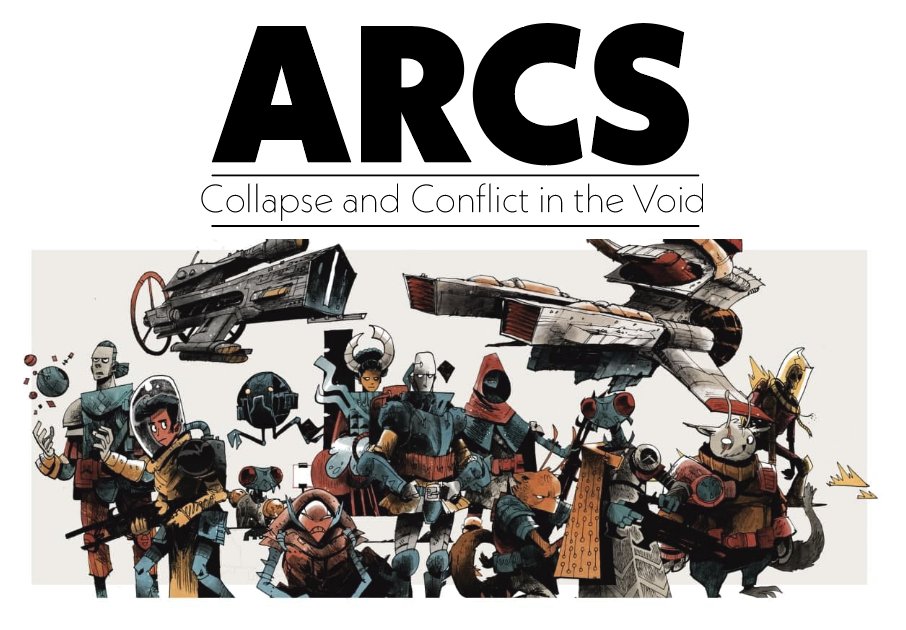A few weeks ago I had the great pleasure of giving a talk on king-making and the storied history of fairness in game design at #GDC19. If you'd like to give it a listen, you can now find it here: gdcvault.com/play/1025683/B… 

I'm very grateful for all those that came to the talk and chatted with me afterwards. I think those conversations gave me the insight I needed to turn these thoughts into something like a proper article on the subject. We'll see if the spring affords me the time to do it right!
Also, many thanks to @gengelstein for the invitation and to the many others whom I was able to connect with at the conference. Over the next few days as I go through my notes I'll be sure to update this thread with some of the other talks that set my mind on fire.
One that I didn't get to see in person but am glad to have seen since on the valut was @SixAges 's talk about emergent storytelling and the design of their unique brand of "strategy books." gdcvault.com/play/1025740/D…
@SixAges Another excellent talk: @mdf200 talking about Lemmings. Some fascinating insights into the way art and animation can inform design.
• • •
Missing some Tweet in this thread? You can try to
force a refresh






